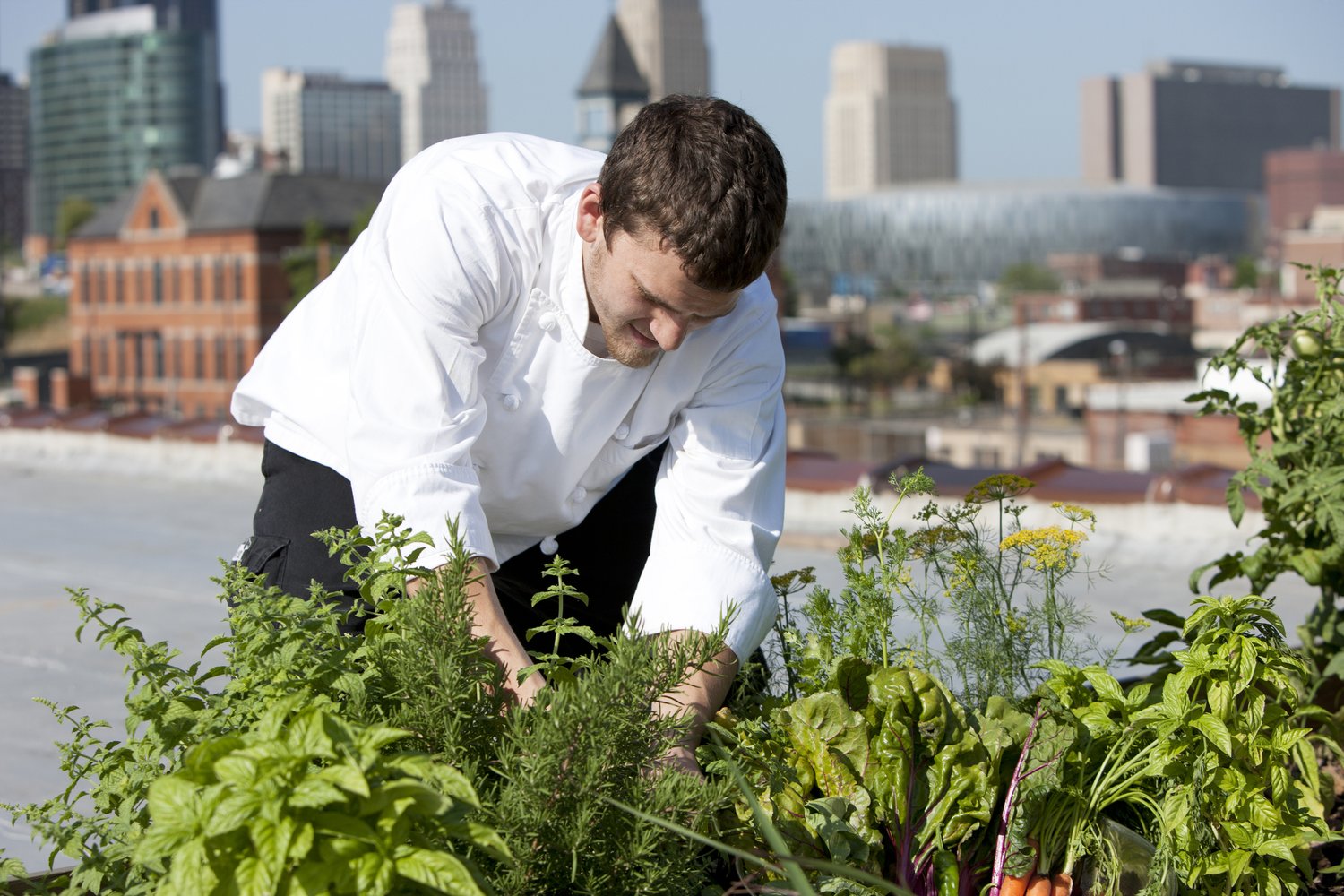City Blooming - The Facts
City Blooming - The Facts
Blog Article
The 3-Minute Rule for City Blooming
Table of ContentsCity Blooming Can Be Fun For EveryoneThe Ultimate Guide To City BloomingWhat Does City Blooming Mean?City Blooming Things To Know Before You BuyExcitement About City Blooming
Interested in growing food to buy in the City of Chicago? Thinking regarding starting a community yard? Modifications to the Chicago Zoning Regulation permit farming usages like neighborhood yards and city ranches in many parts of the city. Below is a checklist of regularly asked inquiries relating to the policies and regulations that farmers ought to think about when preparing a city farming task.
The zoning amendment does not modify any various other codes dealing with composting, building permits, acquiring or leasing City had building, organization licenses or environmental contamination. There are existing codes that control these issues and they stay in complete effect and may be applicable to your project. Community yards are typically had or handled by public entities, civic companies or community-based companies and maintained by volunteers.
Urban ranches grow food that is planned to be marketed, either on a not-for-profit or for-profit basis. Because of their industrial objective, city farms require a service certificate. Yes. A community garden is enabled to market excess generate that was expanded on website if the sales are accessory or subordinate to the garden's main objective explained above.
Not known Factual Statements About City Blooming
Composting is allowed but just for plant material that is generated and used on site. The quantity of garden compost product can not surpass 25 cubic lawns at any type of given time according to the standards in 7-28-715 of the City's Municipal Code. Yes. Due to the fact that the soil at a lot of brand-new yard websites needs amending, compost, dirt, wood chips, or other products can be gotten to construct or boost the growing room - sustainability.

If a building permit is needed then the hoophouse will be thought about an accessory structure. You can locate out even more concerning the building permit needs by calling the Department of Structures. The 25,000-square-foot dimension limitation is planned to avoid a solitary community yard from dominating a provided block or diminishing the block's existing property or business character.
The limitation does not apply to gardens found in Public Open Room (POS) areas. Can there be even more than one community yard that is 25,000 square feet on a single block? Secure fencing is not needed, nonetheless, yards that have big car parking areas may be required to mount fencing or other landscaping attributes.
Not known Factual Statements About City Blooming
B1 & B2 areas require that all commercial usage tasks be conducted inside your home. R districts restrict commercial activity. The regulations mirror the objective and intent of the Zoning Code. Is secure fencing needed for city farms? Yes. Fencings might be required, together with landscape design and screening, for sure auto parking areas and exterior job or storage space areas depending upon place and the details task occurring.
Urban farms call for building permits and zoning authorizations prior to construction (balcony and patio garden design). Various other forms of city testimonial may be called for depending on particular frameworks, activities, size, landscape design, licensing, public heath and stormwater management concerns.
Yes. The kind of license is figured out by what is taking place at the website. The Department of Company Matters and Customer Protection can assist determine the particular sort of business certificate that's needed. Yes. Off road car parking is needed for most industrial tasks in Chicago. The required number of garage is based upon the number of staff members working with website and not the square video footage of the growing room.
Everything about City Blooming

A metropolitan ranch can market compost material produced on site, nevertheless, the operation has to conform with the guidelines in 7-28-715 of the Chicago Municipal Code. Aquaponic systems are allowed inside your home on city farms in lots of zoning areas.
Up to 5 hives or nests of honey bees might be kept as an accessory use. Nonetheless, beekeepers must sign up with the Illinois Division of Agriculture. For additional information concerning the suggested zoning amendment you might call the Department of Housing and Economic Advancement, Bureau of Preparation and Zoning at 312.744.8563.
Farming in cities and metropolitan areas A city ranch in Chicago. Urban farming describes numerous methods of growing. https://experiment.com/users/cityblooming, processing, and dispersing food in urban areas. The term additionally relates to the area activities of animal husbandry, aquaculture, beekeeping, and horticulture in a city context. Urban agriculture is distinguished from peri-urban agriculture, which happens in backwoods at the side of suburbs.
City Blooming - The Facts
, who seek to form social networks established on a common principles of nature and neighborhood holism. These networks can create by means of formal institutional assistance, becoming incorporated right into local community planning as a "transition community" motion for lasting city advancement.
In either case, the more straight accessibility to fresh veggie, fruit, and meat products that may be realised via urban agriculture can improve food safety and security and food safety and security while lowering food miles, causing reduced greenhouse gas exhausts, consequently adding to environment change mitigation. Several directory of the very first proof of city farming comes from Mesopotamia.
Report this page